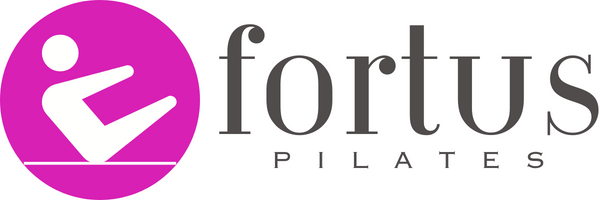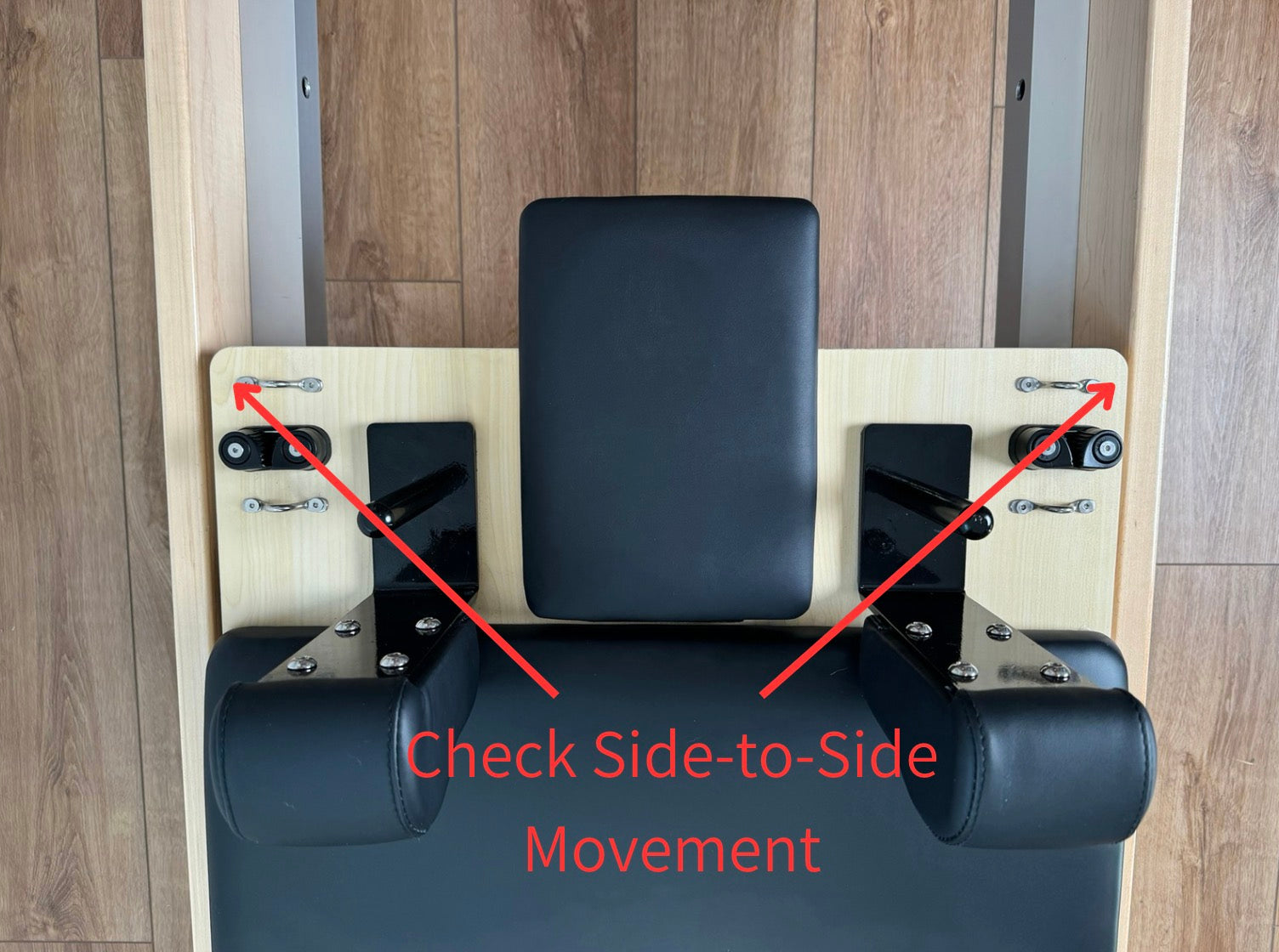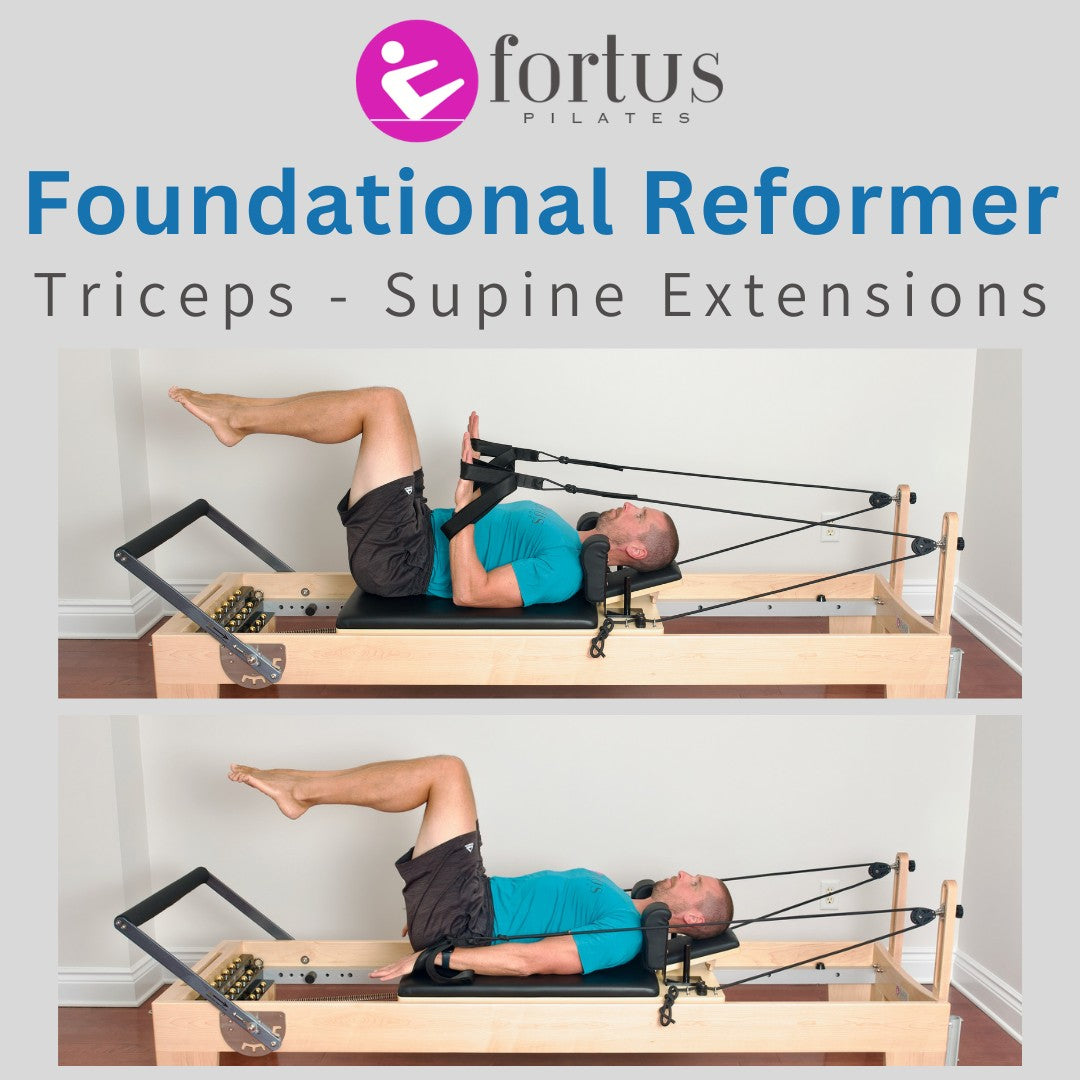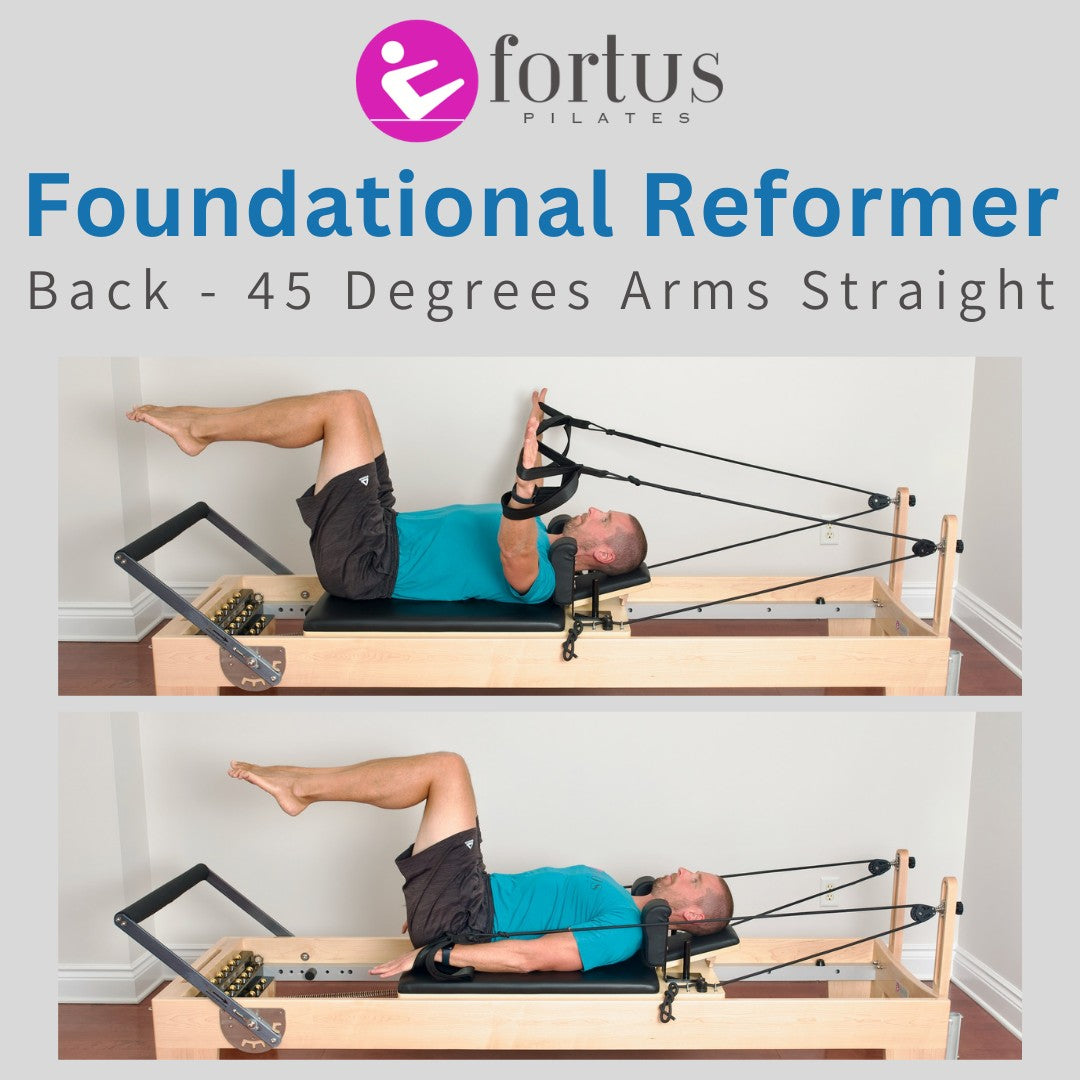
Summary
The Pilates Reformer High Half Toe exercise targets the calves, hamstrings, and stabilizes ankle muscles. Performed with the balls of the feet on the reformer bar, this exercise involves leg extensions, emphasizing calf and hamstring engagement. It strengthens these muscles, improves ankle stability, and enhances overall lower body alignment. Beneficial for athletes and those looking to improve lower body strength, it also aids in injury prevention and promotes efficient movement patterns.
Purpose
- General warmup of ankle, knee, and hip joints.
- Strengthening of ankle and foot extensors, knee extensors, leg adductors, and quadriceps.
- Isolation of leg movement from pelvic movement.
Reformer Setup
- Footbar elevated.
- Spring tension moderate to heavy.
- Carriage stoppers adjusted to allow knees to bend to 90 degrees.
- Headrest up for comfort and proper cervical alignment.
Starting Position
- Supine on the carriage, tailbone centered, hands flat on carriage.
- Balls of feet on footbar, feet together, heels together or slightly apart depending on preference.
- Ankles moderately extended (feet pointed in plantar flexion). Do not over-extend ankles to avoid transferring weight into toes. Keep weight on balls of feet.
- Knees bent at 90 degrees, knees and legs pressing together in adduction.
- Pelvis and lumbar spine in neutral position.


Execution (10-12 Repetitions)
- On exhale, extend legs until legs are straight, knees together. Avoid locking out knees completely.
- On inhale, bend knees until carriage returns to complete rest against the carriage stops.
- Maintain constant pace throughout entire movement.
- Ankles remain fixed in moderate extension (plantar flexion) throughout movement, heels do not drop. Heels remain fixed in space.
- All movement comes from the knee and hip joints. Specifically, the ankles, pelvis, and lumbar spine should remain fixed.
- Press knees and legs together throughout movement, maintaining adduction.
- Majority of weight is transferred to footbar through the ball of the big and second toes.

Position 1. Start.

Position 2. Press out.

Position 3. Return.
Common Mistakes
- Heels sink as legs straighten. Keep heels fixed in constant position in space.
- Anterior or posterior pelvic rotation. Maintain pelvis in fixed neutral position.
- Lumbar spine arch changing. Keep lumbar spin in fixed neutral position.
- Excessive ankle extension (plantar flexion) transferring weight into toes. Adjust ankle extension to ensure weight stays on balls of feet.
Modifications & Variations
- Perform the first 5-6 repetitions at a slower pace, and the last 5-6 repetitions at a faster pace.
- To increase transverse abdominal challenge, reverse breath. Inhale on leg extension, exhale to return.
- Reduce range of motion to only extend legs halfway before returning to starting position.
- Add an small pulse between the legs reaching full extension and returning to the starting position.




